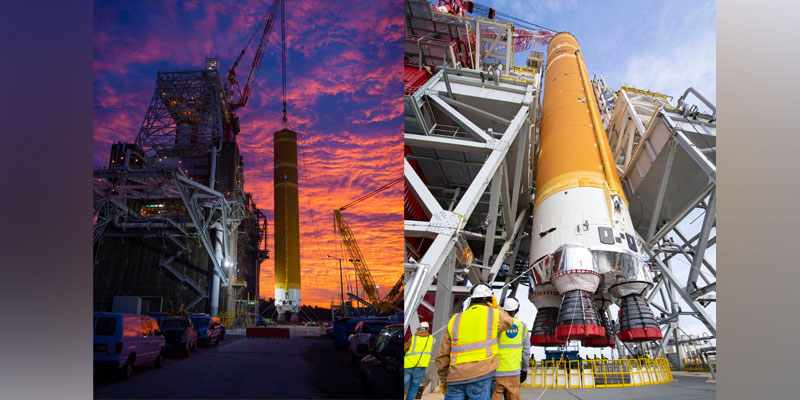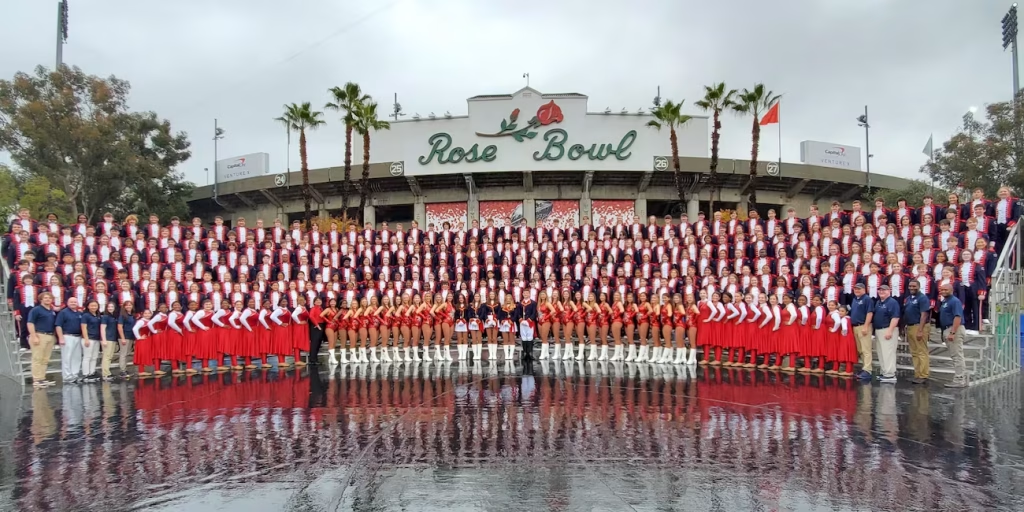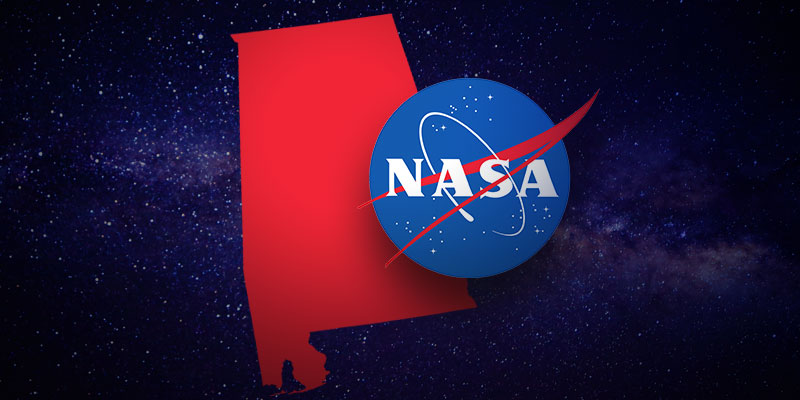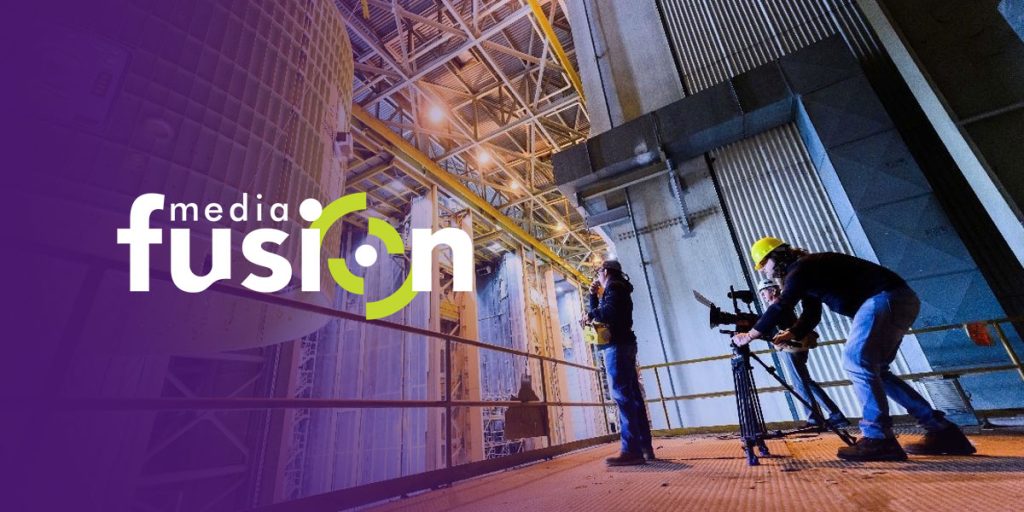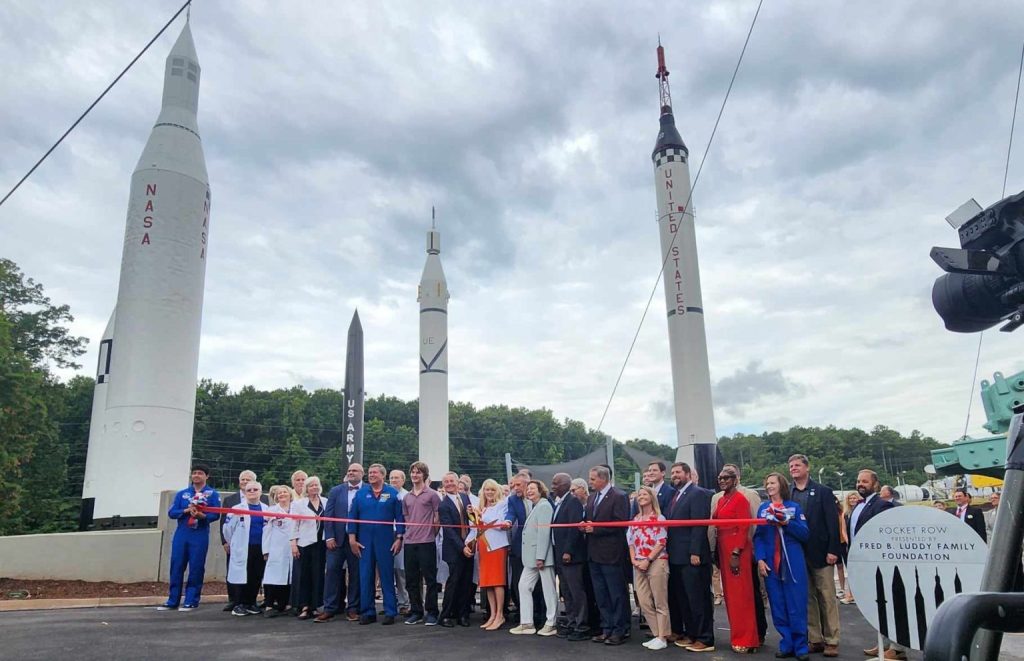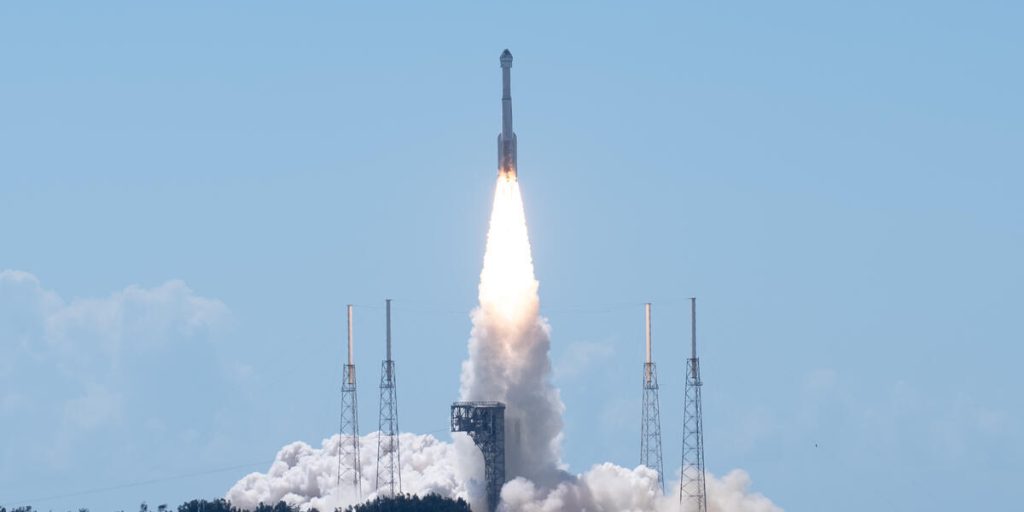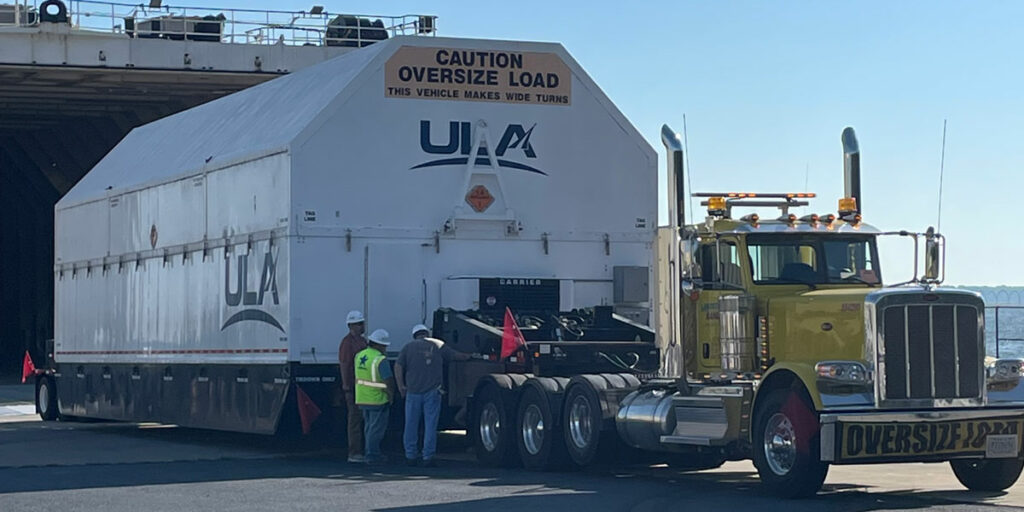The rocket which will return Americans to the Moon is now in place for a key testing phase. Known as “Green Run,” this series of tests will examine many of the rocket’s systems together for the first time in preparation for launch.
Now secured to a test stand at Stennis Space Center in Mississippi, the full Green Run for Space Launch System (SLS) will last about two months.
“This critical test series will demonstrate the rocket’s core stage propulsion system is ready for launch on missions to deep space,” Stennis director Rick Gilbrech said. “The countdown to this nation’s next great era of space exploration is moving ahead.”
Developed by Boeing in Huntsville, and powered by four Aerojet Rocketdyne RS-25 engines, SLS is the most powerful rocket ever built. It stands 212 feet high and 27.6 feet in diameter.
“Delivering the Space Launch System rocket core stage to Stennis for testing is an epic historical milestone,” said SLS stages manager Julie Bassler. “My team looks forward to bringing this flight hardware to life and conducting this vital test that will demonstrate the ability to provide 2 million pounds of thrust to send the Artemis I mission to space.”
The Green Run culminates with an eight-minute, full-duration hot fire of the stage’s four RS-25 engines to replicate the 2 million pounds of thrust required at launch.
Very cool to see @AerojetRdyne’s RS-25s almost ready for action! @NASA_SLS @NASAStennis https://t.co/GJ7qD9EDDE
— Eileen Drake (@DrakeEileen) January 23, 2020
Once the Green Run is complete, the next time the RS-25 engines fire up will be at launch from the Kennedy Space Center in Florida.
Before the rocket arrived in Mississippi, Boeing SLS vice president and program manager John Shannon noted that the engine tests at Stennis will reveal even more information about the vehicle’s systems.
“The next big unknown for the program is when we put together the cryogenic liquids and oxygen tank and hydrogen tank and we look at the plumbing and all the systems and make sure they remain tight and perform as expected,” Shannon outlined. “We have high confidence that they will.”
Once the next round of tests concludes, the rockets are refurbished before the 10-12 day trip to Florida.
Shannon estimated that refurbishment will primarily involve inspections. He stated that in “a high vibration, high acoustic environment,” the question for team members becomes “did we break anything?” He cited thermal protection fixes as something that will need to be done because the fuel tank contracts when cold cryogenics are loaded in it, then expands again as it warms back up.
“By the time we take this vehicle to Kennedy Space Center it will be an extremely well-understood vehicle and we’ll have really high confidence in flying it,” Shannon concluded.
Tim Howe is an owner of Yellowhammer Multimedia




